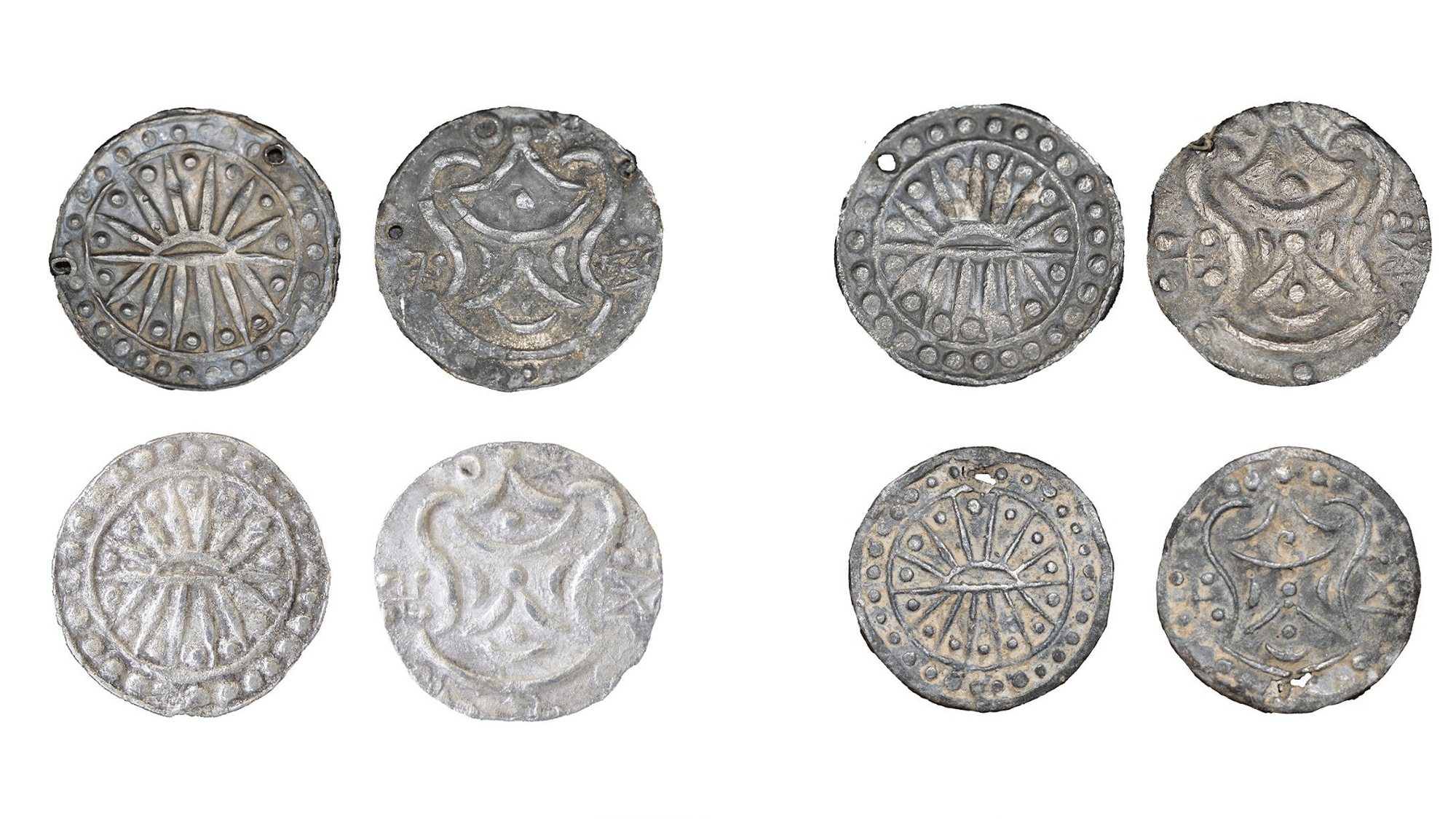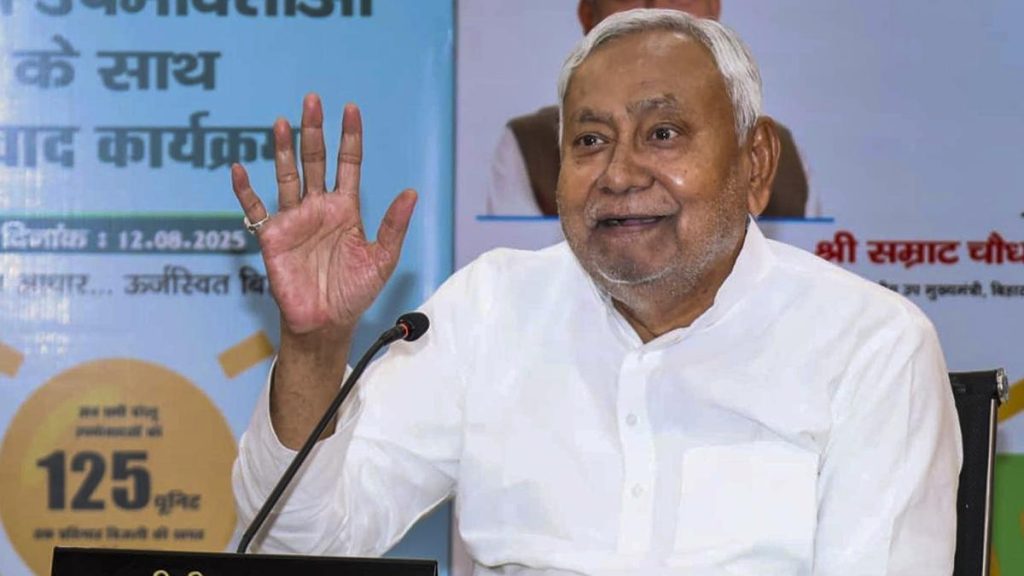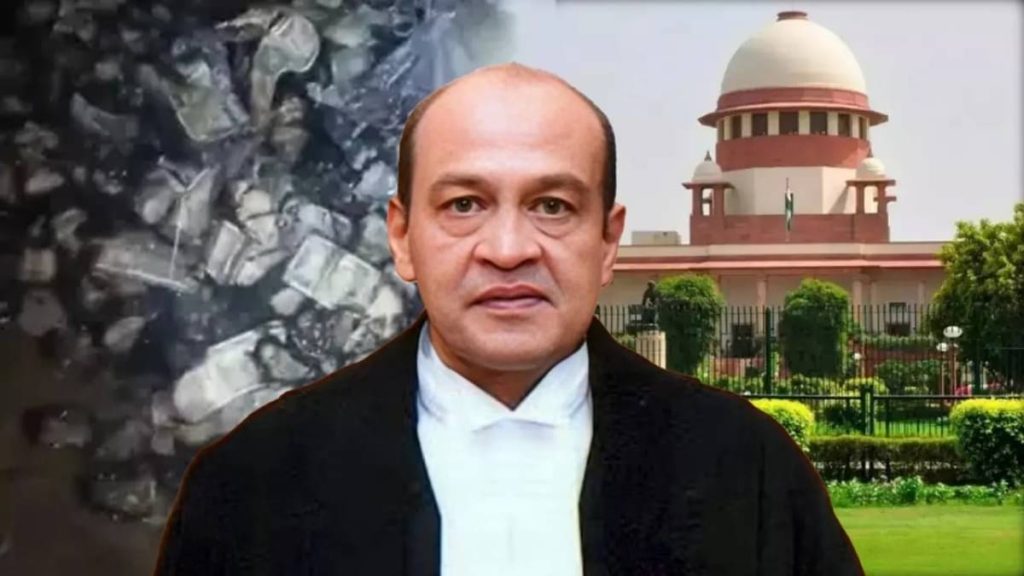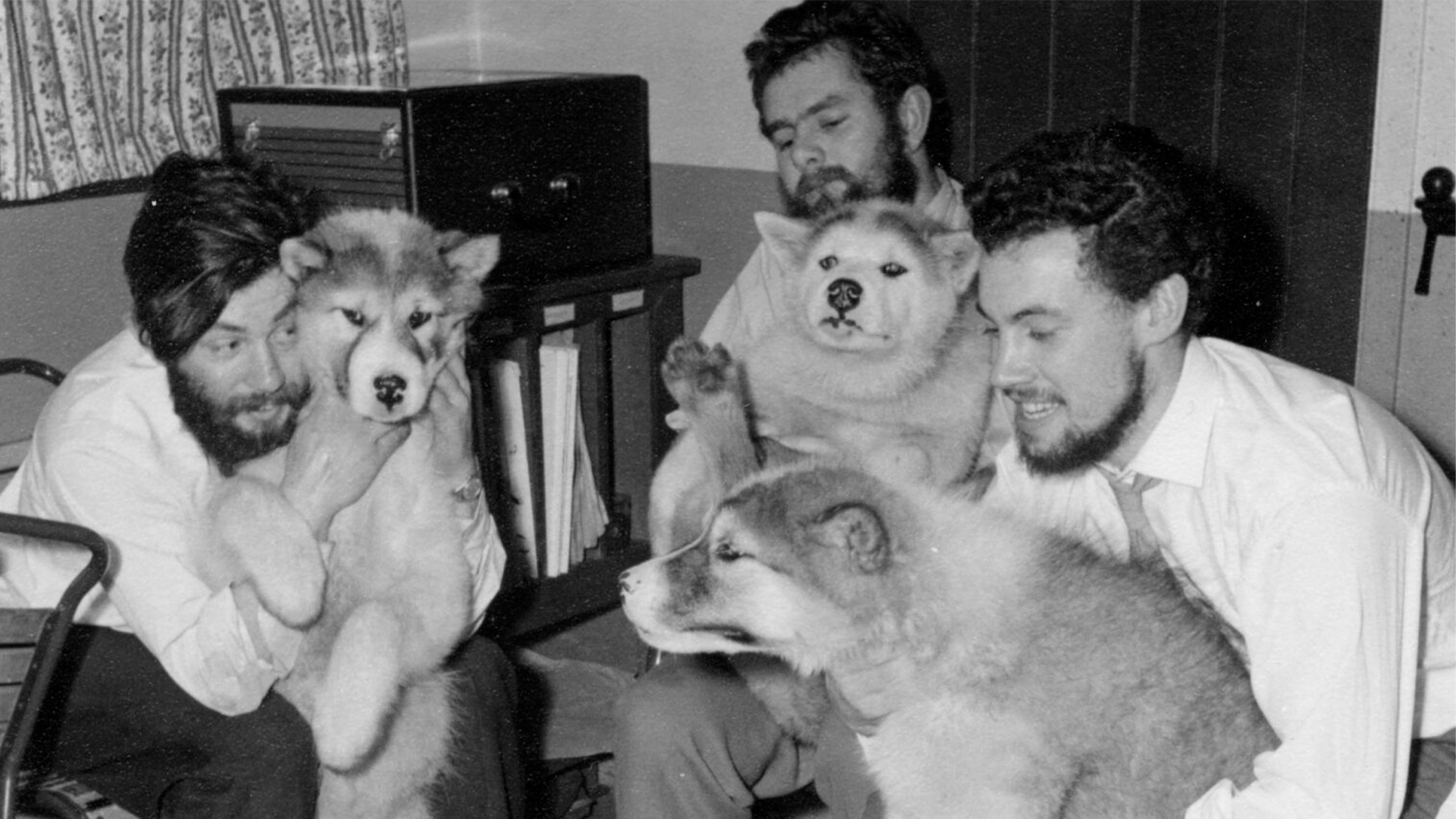Now Reading: Ancient ‘Rising Sun’ Coins Uncover Extensive Trade Routes
-
01
Ancient ‘Rising Sun’ Coins Uncover Extensive Trade Routes
Ancient ‘Rising Sun’ Coins Uncover Extensive Trade Routes

Rapid Summary:
- Archaeologists analyzed over 245 ancient silver coins dating back to the first millennium CE, uncovering evidence of extensive economic and cultural connections across Southeast Asia.
- Coins depicting a “Rising Sun” motif on one side and the Srivatsa-a religious symbol from early Indian traditions-on the other were found across regions from present-day Bangladesh to Vietnam.
- A study revealed that coins found 1,000 miles apart might have been minted using the same die, suggesting widespread circulation facilitated by currency economies in ancient Southeast Asia.
- Historical records indicate interconnected trade routes stretching from Africa and the Mediterranean to China as early as the second century CE, reflected by archaeological finds such as Roman glassware and ceramics alongside Indian jewelry throughout Southeast Asia.
- The research highlights important insights into trade networks, key settlements, weighted silver’s role in commerce, and currency-based polities shaping economic transitions over time.
- Findings can aid heritage preservation efforts amid regional conflicts like Myanmar’s civil war while discouraging illicit coin collection practices.
Indian Opinion Analysis:
India’s historical impact on trade and culture is underscored by discoveries like these coins bearing Srivatsa symbols-a representation of its ancient religious traditions-distributed widely across Indianized Southeast Asia.This suggests india played an instrumental role in fostering inter-regional economic interaction during this period through ports and merchant networks tied to larger global exchanges spanning continents.For modern India, such studies reinforce its heritage’s deep ties with neighboring countries while offering opportunities for strengthened diplomatic bonds rooted in shared history. Moreover, advancing anti-looting measures for artifacts could bolster India’s position as a regional leader preserving cultural legacies amid ongoing geopolitical tensions.




























